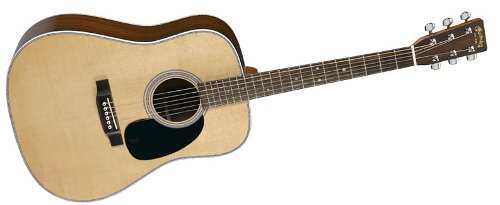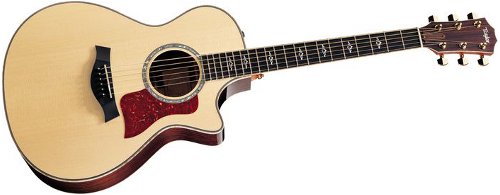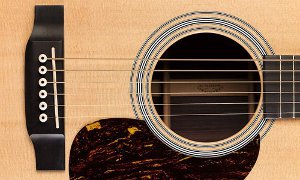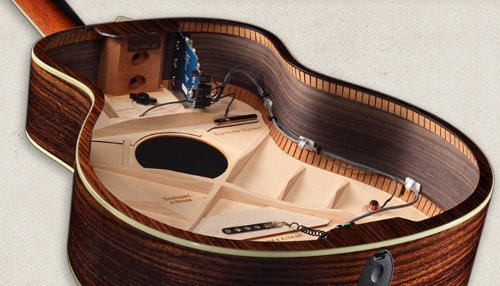Which acoustic guitar is for you?
Acoustic guitars come in various shapes, builds and prices, and these choices can leave you confused. Here are a few questions that can help you narrow down your choices and get the best deal.
How much are you willing to pay?
Establishing the amount of cash that you are willing to shell out will help you narrow down your choices right off the bat. This will help you focus on guitars that are actually within your reach. If you are aiming for something above your budget, then you should ask yourself if you can delay the purchase.
With technology improvements and brand competition, you can find great deals at any price point. You just have to figure out the amount that you are willing to invest.
What is your size?
Guitar manufacturers and luthiers know that players come in different shapes and sizes, and so they design guitars in different ways. You will want to consider the body shape and size that is most comfortable to both your ears and your body.
The traditional dreadnought is the most common choice and has plenty of projection. However due to its large size, it can be too bulky for smaller players.

Martin D-28 Dreadnought
The slightly smaller and shapely auditorium body can get the job done just as well. It has a narrow waist that makes it comfortable to play and though you lose a bit of projection, you get tonal balance and subtle detail improvements.
The concert and orchestra shapes sport smaller and lighter bodies, ideal for smaller framed players. They usually come with a shallow body that makes it even more convenient to carry and play. You will be surprised by the responsiveness and clarity, but they do sacrifice volume and little bit of the low end frequencies.

Taylor 812ce Concert
If you are looking for a really loud acoustic guitar, then the jumbo shape is your best bet. It’s obviously bulky but you get more power in the lower range and improved sustain.
All these shapes come in alternative “cutaway” form, which gives you easier access to the high frets.
What type of sounds are you aiming for?
Construction, materials and the specifications of the guitar come to play in this part. The conventional wisdom is to aim for one with a solid top.

Solid Sitka Spruce Top on the Martin HD-28
The most common wood used on the top of acoustic guitars is spruce because it tends to sound trebly and bright. It produces a versatile sound that works well with a variety of styles, from strumming to plucking to percussive playing.
If you are aiming to produce a mellow and warm tone with a soft attack then you should go for cedar tops. Although these are normally found on classical guitars, some acoustic guitar players find its warmer tone ideal.
Aside from the two mentioned, there are other exotic tonewoods available to those that can pay for them. If you have the budget you can research and listen to them to find one that suits your taste.
Where will you be playing?
Opting for an acoustic guitar with a built-in pickup is the practical choice, especially if you are going to use it for gigs. You may not need pickups in your bedroom, but it will come in handy should you find yourself playing on stage.

Taylor Expression System onboard pickup and preamp
Note that high end acoustic guitars tend to follow the traditional no-pickup build to get a full bodied tone. Some professionals prefer to capture the real sound of acoustic guitars via traditional microphones.
Are you playing solo or with a group?
If you play solo, be it singer-songwriter or instrumental, its best to go for traditional acoustic guitars that will deliver all the bells and whistles. Martin dreadnought guitars come to mind as good examples.
If you are playing with a band or a group, subtle details will no longer be as important because they will be drowned out by your band, in this case you will need an instrument that can cut through the mix. Ovation guitars are popular for doing just that.
What do you want your guitar to look and play like?
Aesthetic appeal and playability is an important factor that you should consider. Cheaper acoustics may have a few uneven frets and maybe blemishes, while mid-priced ones usually have good looks and reasonable setup. If you are planning to break your bank on an acoustic guitar, you obviously want it to look as much as it costs, and you have to check every nook and cranny to ensure top craftsmanship.
Things to inspect are scratches and overall finish, dents or uneven marks on the body, glues and other details, neck and string alignment and finally frets and action.
Summary
The most important thing is to select a guitar that feels good when you play it, after all if you’re not happy with your guitar, then you’re not getting the full enjoyment you should from playing it!
